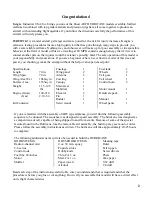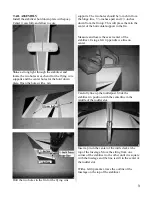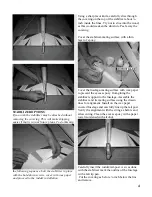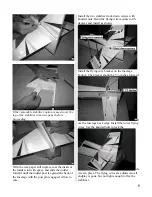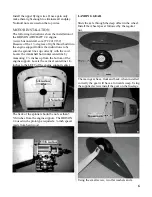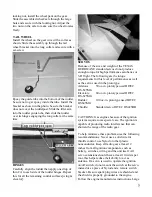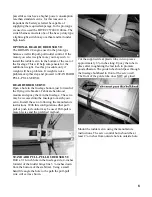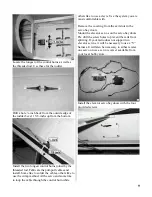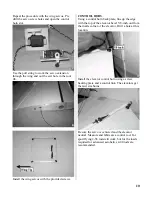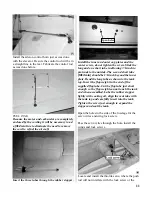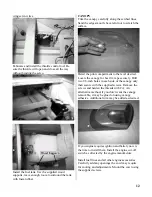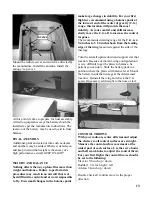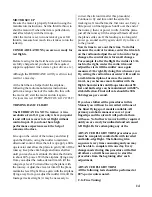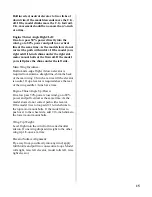
TEXAS HURRICANE
ARF
ASSEMBLY MANUAL
Kangke Industrial USA, Inc. 65 East Jefryn Blvd. Deer Park NY 11729
E-mail:
Tel: 1-877-203-2377 Fax: 1-631-274-3296
This manual is the sole property of Kangke Industrial USA, Inc. Reproducing any part without the
consent of Kangke Industrial USA, Inc. is a lawful violation.
Warranty:
Kangke Industrial USA Inc. guarantees the kit to be free of defects in both material and workmanship at the date of
purchase. This warranty does not cover any parts damaged by use or modifications. In no case shall Kangke Industrial’s liability
exceed the purchase cost of this kit. Since Kangke Industrial has no control of final assembly and material used by user for final
assembly, no liability shall be assumed or accepted for any damage resulting from the use by user of final user-assembled products.
This kit has been flight test for normal use. If the plane will be used for extremely high stress flying, the modeler is responsible for
reinforcing the high stress points. Inspect this kit immediately after receiving it, report any missing and damaged parts within 7
business days otherwise the claim may be denied.
1


